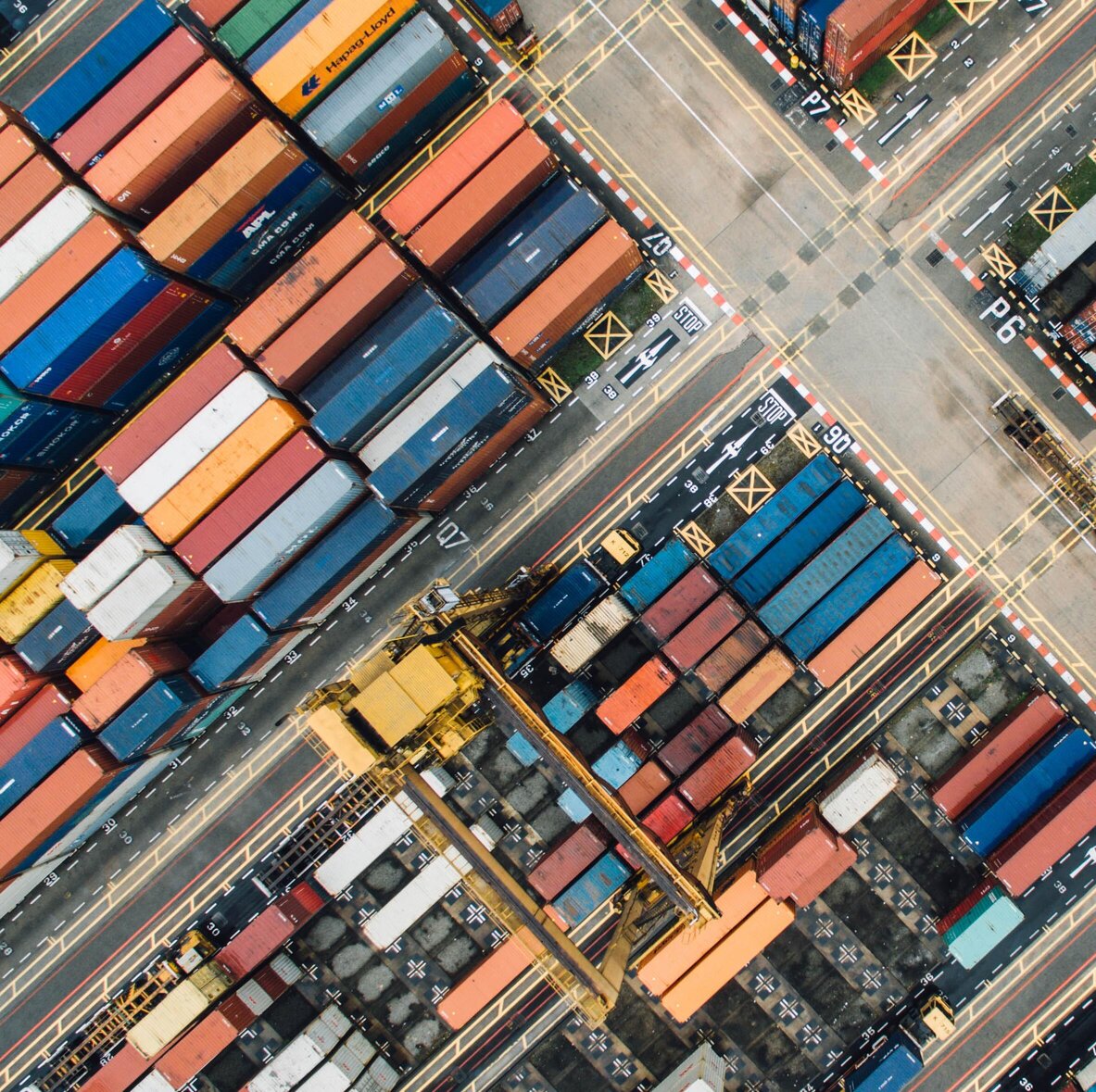How SMEs can make the most of Trade Deals to Go Global

By Karen Reddington, President, FedEx Asia Pacific
Innovation for all: the idea that innovation, in its fullest expression, serves everyone. Never before have small businesses and start-ups been so connected – in digital tools, technology, access and ideas.
Entrepreneurial innovators are leading with passion and counting on connectivity to expand their businesses across borders, seize niche opportunities and shape the global economic future.
So why then does evidence show that SMEs are failing to access trade deals – one of the most significant tools there is for multiplying business growth and opportunity? And what do agreements like the Comprehensive and Progressive Trans-Pacific Partnership (CPTPP) offer?
Many SMEs unaware of potential
Trade agreements are designed to lower the barriers between participating countries – giving domestic companies better access to more customers and larger, international markets – while reducing tariffs and customs duties which slow global commerce.
That’s why the CPTPP is arguably one of the most important trade deals in decades – it removes tariffs on about 95 per cent of goods traded between member countries.
The agreement, which came into effect in December 2018, creates a trade community accounting for an extraordinary 14 per cent of the global economy. That figure is projected to rise to 18 per cent as more countries queue up to join the bloc – already comprising some of Asia’s most dynamic economies including Australia, Vietnam, New Zealand, Japan and Singapore.
Yet the biggest surprise is just how little many “born global” SMEs and entrepreneurs know about these deals – let alone how to translate their potential into business success.
The knowledge gap
In markets like Australia, concerns that SMEs are not seizing the opportunity have triggered a government inquiry. In Singapore, there’s broad recognition that SMEs are having difficulties reaping the benefits. Further afield in Europe, research indicates that lack of information or regulatory complexity is resulting in billions of Euro being paid every year by companies in undue customs duties.
What’s more, SMEs are finding agreements remain too tough to interpret or navigate, especially for those who are inexperienced in international trade.
This is not a new issue – a few years ago, HSBC’s research on 800 companies across Asia gauged the take-up of trade agreements – and found that only around one in five businesses were using them.
A simple explainer
So what’s the answer? It starts with making trade deals a part of business strategy – and ensuring that businesses clearly understand the “why” of how they can benefit from improved terms of trade.
For instance, companies that use agreements experience stronger export growth, access to new markets, a wider client base and the creation of new business opportunities. Such developments can be transformative for small business growth.
But the challenge is also more specific– SMEs often lack the resources and expertise to navigate complex trade rules, and do not know how to reap the benefits of trade agreements. So many need “hands on” manuals or “explainers” to guide them through specific benefits within the labyrinth of information that exists on any one deal.
Other than lowering tariffs for almost all goods traded between member companies, the CPTPP also makes moving goods among member states easier by streamlining paperwork, increasing transparency, and setting up rules that reflect modern supply chains. That means SMEs will be able to trade in 11 CPTPP markets with a single set of rules and document requirements, greatly simplifying access to markets representing almost 500 million people. .
So where to from here?
The “how” is increasingly critical in equalising the opportunity. The choices are many – and growing. For instance, SMEs in different CPTPP markets can team up to target a third, and entirely different market – saving time and money by pooling resources. SMEs should alalso make full use of business, government and SME bodies – as well as work alongside trusted partners to understand where the quick wins for their business might be.
It’s also counsel and technology tools that are critical. For instance, helping SMEs with knowledge and resources, as well as automating as many shipping processes as possible, will ensure their shipments clear customs confidently and quickly.
No matter what, the goal is clear – ensure innovation flows from all deals to all kinds of businesses. For if SMES can put the benefits into practice, the possibilities are endless.